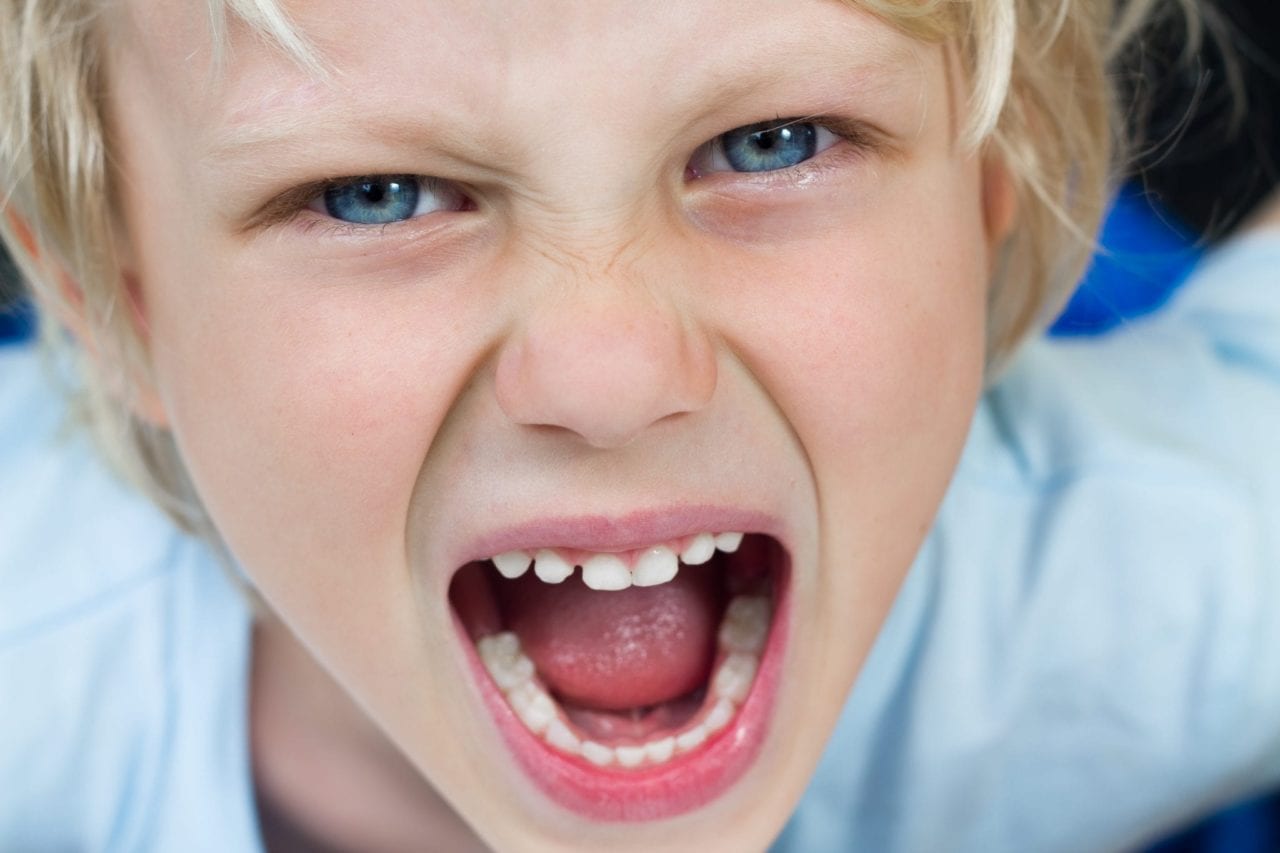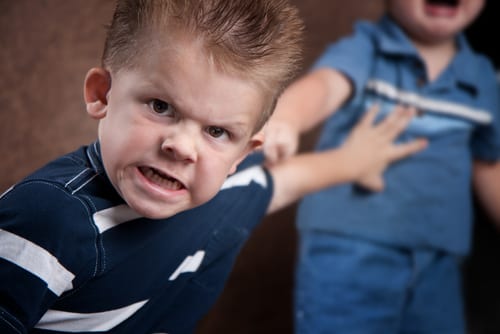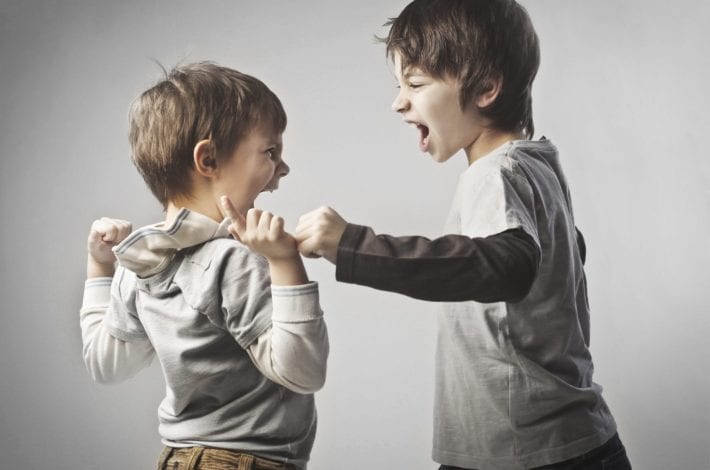

If your child lashes out and pushes, hits or bites another child it can be both shocking and mortifying. Anger is a very powerful emotion and it can be alarming to see your child in such a rage.
Aggression is a normal part of child development, but that doesn’t make it any easier to deal with. There are lots of things you, as a parent, can do to help your child through emotional times.


Your six-point plan when your child is aggressive
It’s a good idea to have a ‘calm down plan’ ready in case you ever need to use it.
Knowing how you will deal with a situation where your child is angry or aggressive can help keep you calm when it happens.
We’ve put together a six-point plan as a guide. Tweak and add to it as you find out what works best for your child.
Act swiftly
Try to respond immediately when you see your child becoming aggressive.
It’s sometimes tempting to see if it happens again or if the situation escalates before you step in. However it’s best to deal with any act of aggression right away to let your child know instantly that they have done something wrong.
Act calmly
If your child is aggressive it can make you feel very emotional too. But if you react with anger then it can exacerbate the situation and make it worse.
Get down to your child’s level and simply say the word ‘Stop’. Try to keep your voice firm but calm.
Make it very clear what behaviour is unacceptable
Spell out very clearly the behaviour that you will not tolerate. Again, you can use short but clear words, such as ‘We do NOT hit’.
Remove your child from the situation
It is always a good idea to take your child away from the situation and find a quiet place to calm down.
This is easier at home, where you can create a safe place for your child to go but even when you are out and about, a quiet corner or corridor will do.
Try a ‘time in’ rather than a ‘time out‘
It’s actually really scary for your child to lose control of their emotions.
Once you have removed them from the situation try using the ‘time-in’ technique, rather than leaving them alone in a ‘time out‘. Sit with your child (or very near them) and be there with them as they work through their emotions.
- First wait with them as they calm down. Often quietly sitting with them is enough.
- If your child is finding it hard to calm down then you can use a simple breathing technique to help them. Ask them to imagine a big balloon in their tummy. They have to breathe in slowly through their nose to inflate it and then breathe slowly out to let the air back out.
- Once their anger has subsided then acknowledge their feelings by putting them into words. You could say something like ‘I can see that you were feeling very cross’.
- Remind them of the rules (no hitting, kicking etc) and help them think of other things they could do when they feel angry the next time.
Help them make amends
Once your child has calmed down then help them make amends and draw a line under the situation.
That might mean saying sorry to the person they hurt or helping to pick up the bricks of the tower they knocked down.
We hope this 6-step plan helps you head off any aggressive behaviour before it gets out of control.
Over time and with repetition, the lashing out can often lessen as children grow and become more capable of dealing with their emotions.
What do I do if my child is STILL acting up
We all have times when we feel our kids are acting out of control. They don’t seem to be listening to a word we say. Sometimes we wonder what on earth we’re doing wrong.
You are not alone
If this is you then first of all know that you are definitely not alone. A lot of parents feel the same way, whether they admit it to others or not. And also know that there are resources out there that can help.
One of our favourite resources, which has been tried and tested by moms that we know, is the famous online parenting course by Amy McCready:
Positive Parenting Solutions
The Positive Parenting Solutions Course helps you to get kids to listen without yelling or nagging.
It gives parents a step by step guide on how to handle conflicts in a more positive and respectful way. It helps you work towards that harmonious family life that you always pictured.
Amy McCready has helped over 75,000 parents through her course. She is a renowned parenting coach who has been working with families for 15 years. The course can be taken online, listened to, and watched, along with online support groups to help along too.
Find out more and get her FREE online parenting class here
You can find details about the packages she offers here.
We are affiliate partners with this course, which means that if you follow the link and purchase the course we will receive a commission at no extra cost to you.
However we only recommend products and services that we genuinely love. This course not only has tens of thousands of happy customers worldwide, but it’s also been tried and tested by our moms.
All the moms we’ve spoken to, have said that her course and its resources have helped them to understand their children and what motivates them.
The course has given them the tools to handle conflicts without shouting, while at the same time acting respectfully to their children. Overall it has helped them achieve a happier family life.
One mom says:
“Today was the first time ever I didn’t yell, nag or lose my cool!”
I just wanted to say thank you, Amy! My morning routine with my son has been HELL and a power struggle for every morning since I can remember. Not sure whether this is just the honeymoon phase, but today for the first time EVER, I didn’t yell, nag, or lose my cool. And there were no screams or tears on his end. It was peaceful and enjoyable! I can’t wait to watch all the modules!
Courtney Lopes Finnerty,
PPS Member Since June 2018






